Groll, Gbureck and co-workers design a new material strategy that shows significantly improved wet adhesion of bone adhesives.
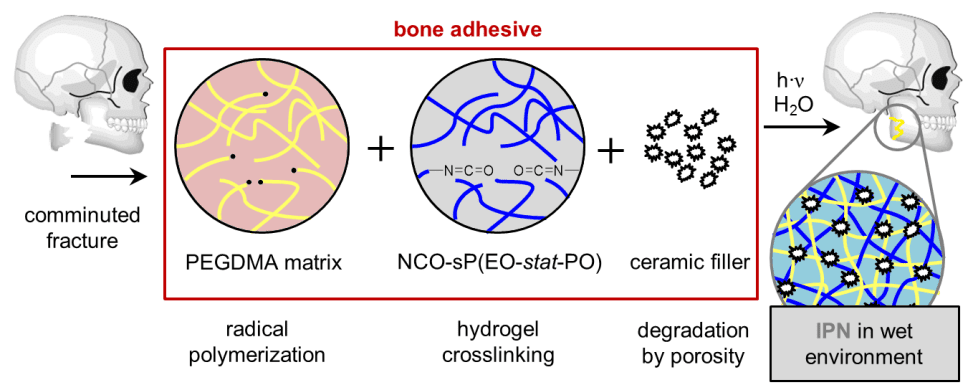

Groll, Gbureck and co-workers design a new material strategy that shows significantly improved wet adhesion of bone adhesives.
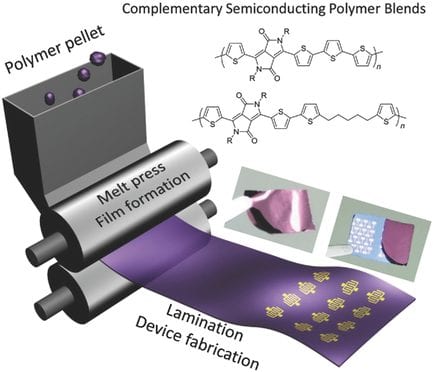
A collaborative team of researchers at Purdue University and the University of California Santa Cruz have reported a strategy that overcomes the issue of solvent by employing a melt-processing technique.
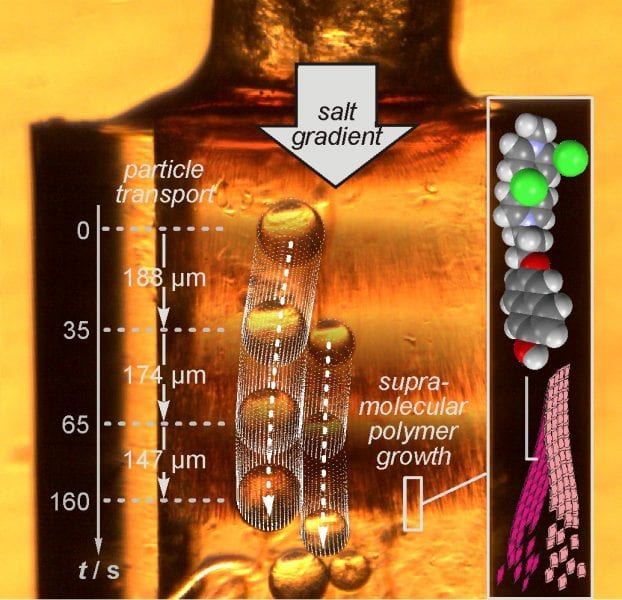
Directional motion and transport can be achieved using a salt concentration gradient and an appropriately designed self‐assembling system, without substantial synthetic effort or a matrix.
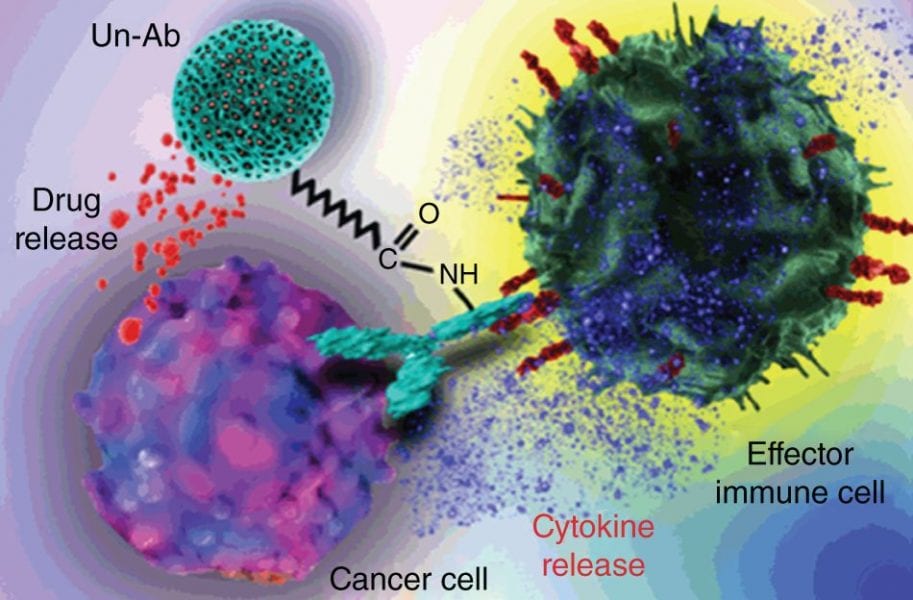
Researchers are applying nanotechnology to cancer immunotherapy toward the development of nanocarriers for delivery of cancer vaccines and chemo-immunotherapies.
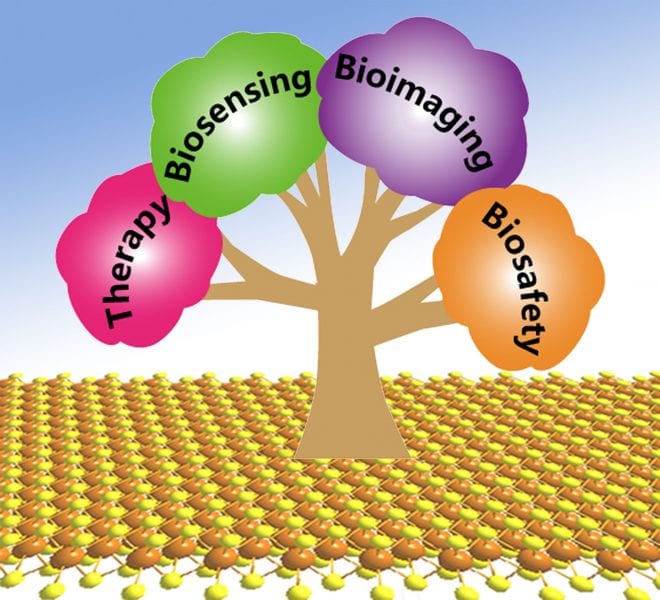
The majority of the developed bio-systems based on 2D transition metal dichalcogenides are reviewed in Small.
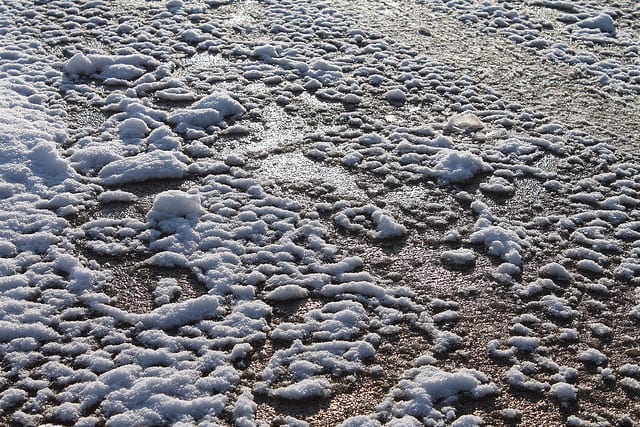
Soil remediation after an environmental disaster is literally a matter of rescuing an entire ecosystem from the ground up.
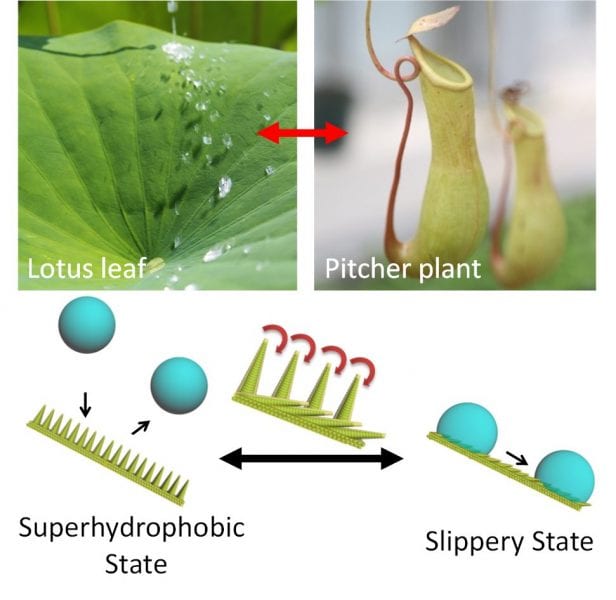
Researchers from Pennsylvania State University, USA, have now revealed a magnetically transformable surface that can reversibly switch between the lotus and the pitcher plant modes
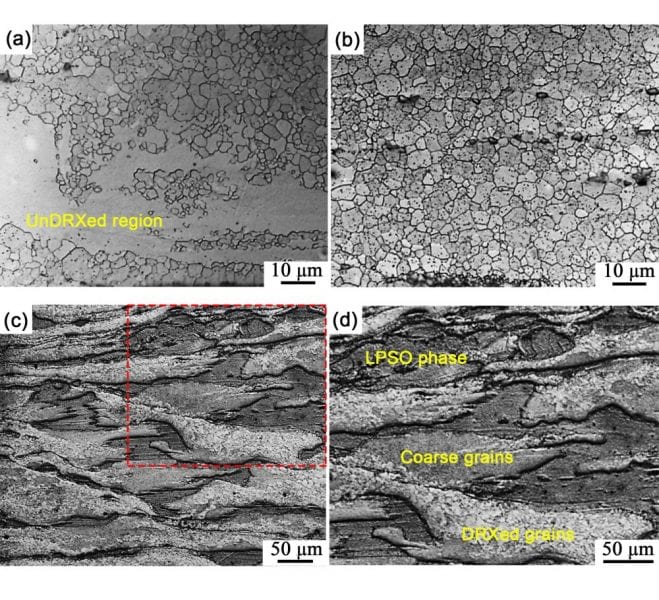
This special issue of Advanced Engineering Materials covers different aspects of brittle fracture and fatigue of traditional and advanced materials.
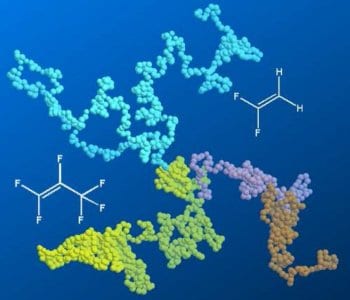
A self-avoiding random walk simulator for branched polymers allows to compare experimental data with simulation results.
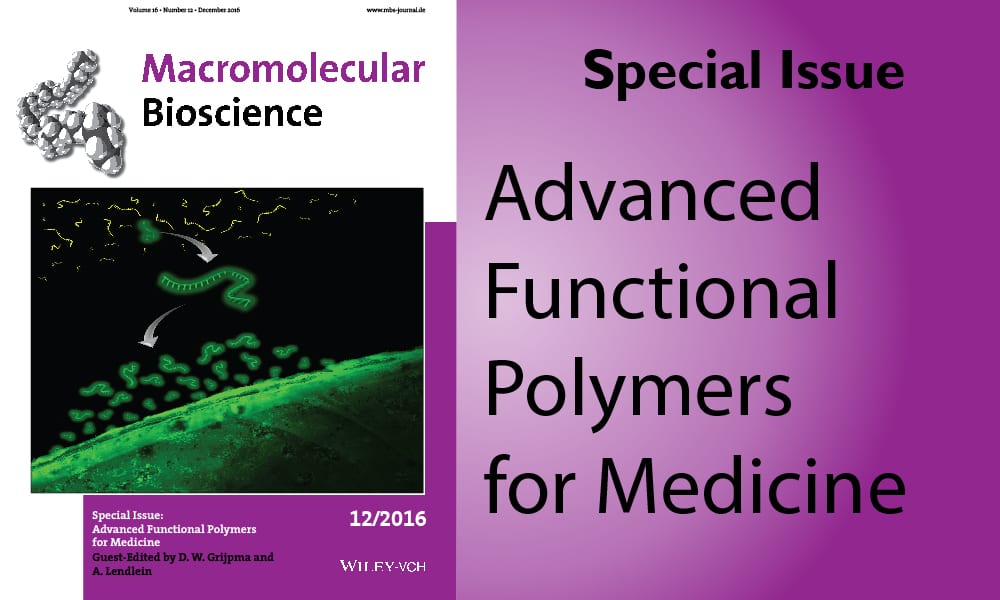
A special issue in Macromolecular Bioscience covers several promising approaches to tailor and control the properties and functions of polymers for medical applications.